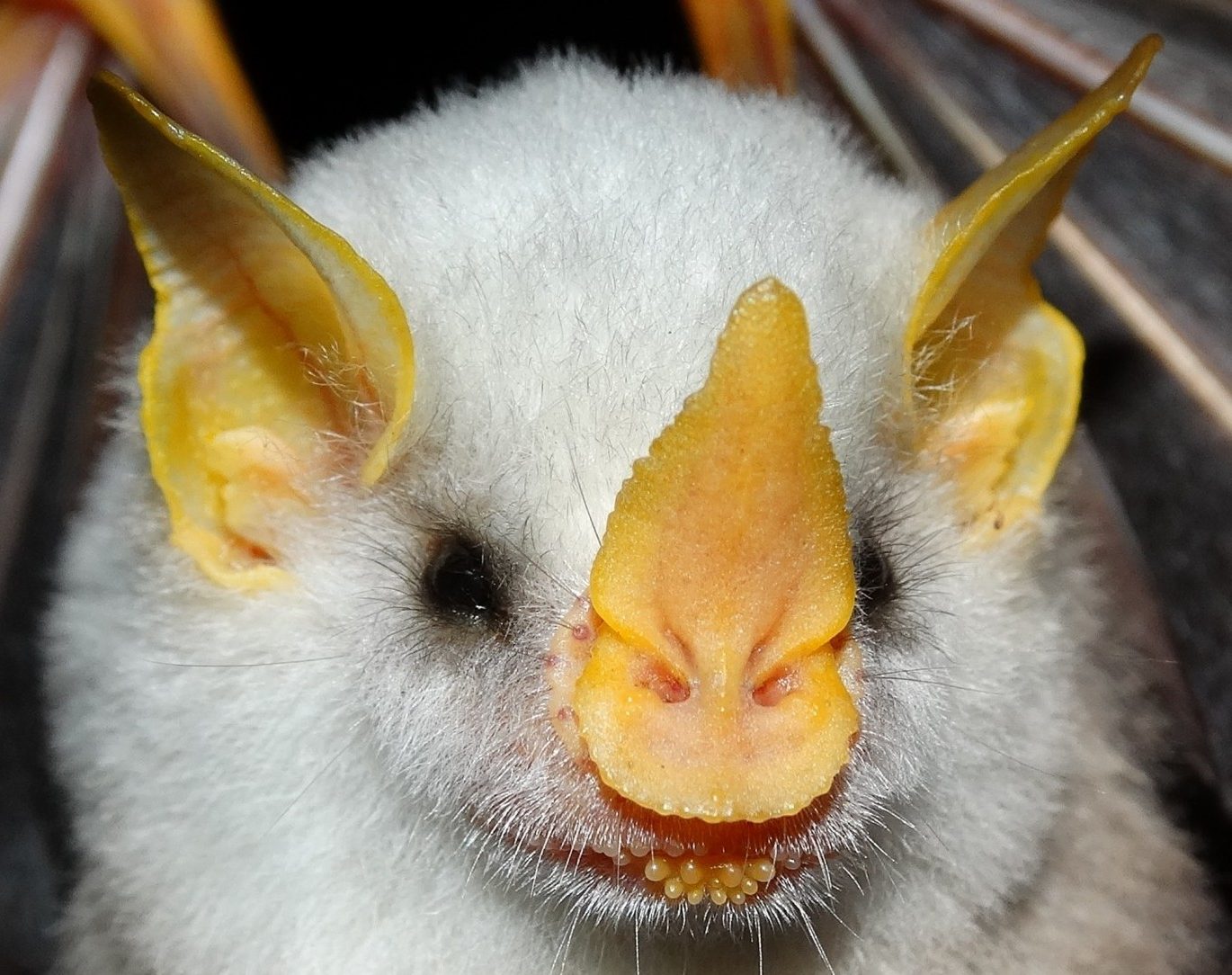Previous research in vertebrates has demonstrated that selection can cause rapid evolutionary changes in cranial modularity, that is, how many and which parts of the skull vary and evolve together. Mammals, however, seem to have maintained a simple pattern of cranial modularity throughout their evolutionary history and across tremendous ecological and morphological diversity. All mammals studied to date have two cranial modules, the braincase and rostrum. But what happens when parts of the skull acquire novel functions? Does cranial integration remain the same? We just published a study in which we test whether skull modularity has been remodeled in rhinolophid bats due to the novel and critical function of their nasal cavity in echolocation. Rhinolophids have greatly enlarged nasal cavities that vary in shape across species, thus we predicted that nasal echolocation resulted in the evolution of a third cranial module, the ‘nasal dome’, in addition to the braincase and rostrum modules. Remarkably, despite large variation in the shape of the nasal dome, we found that the integration of the rhinolophid skull still follows the two-module pattern found in other mammals. In other words, the shape of the nasal cavity changes together with the shape of the snout across species. We also found distinct trends in the evolution of skull shape across these bats’ geographic distribution. Our findings highlight that broad morphological and functional diversity can still be achieved in spite of a relatively simple modular template.


Comments are closed